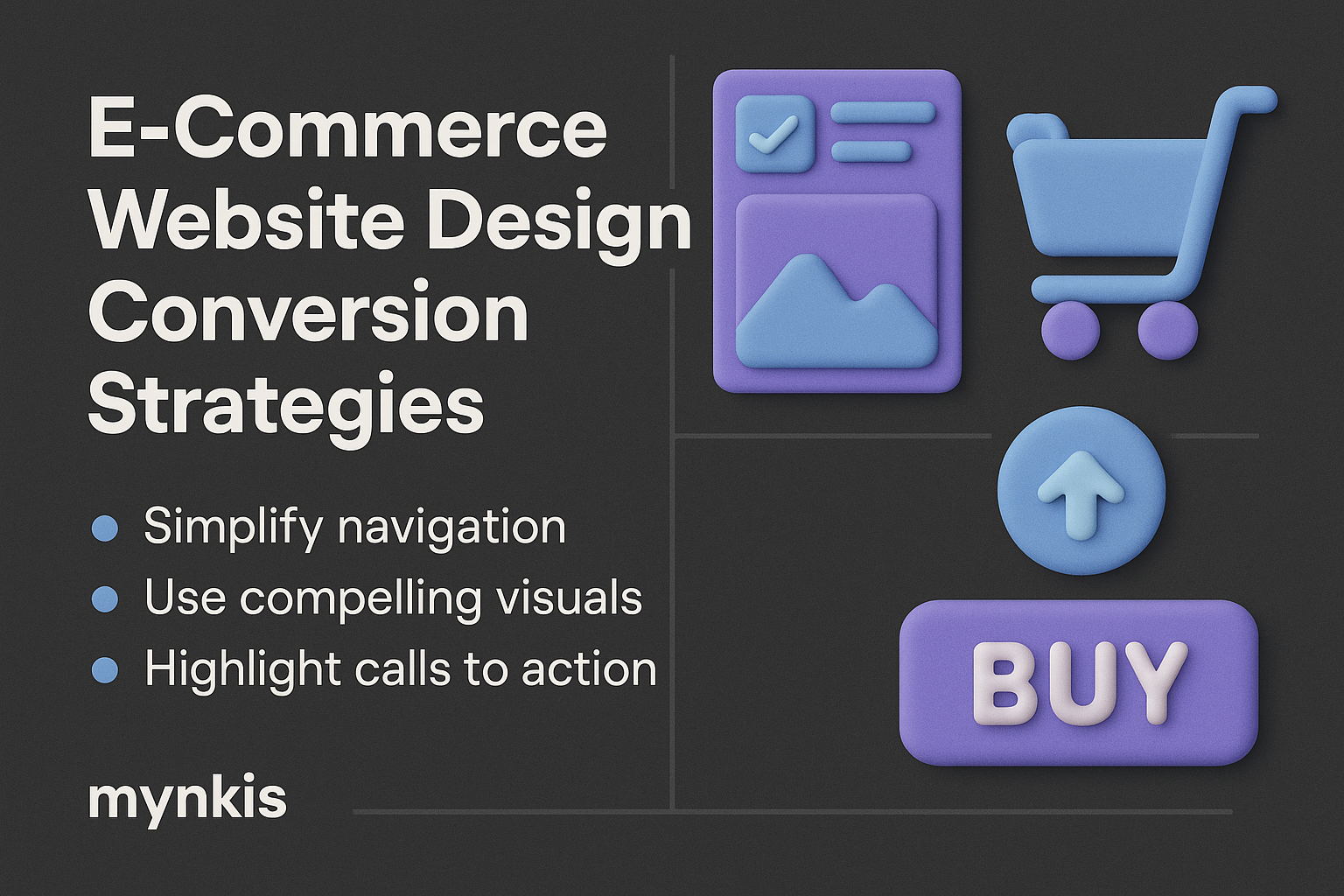Schedule a Demo
When crafting an e-commerce website, it's essential to dive straight into understanding the psychology of your users. What makes a visitor linger, engage, and ultimately convert? The answer often lies in how well you navigate the subtle interplay between usability and desirability. I've worked with numerous founders building MVPs and learned firsthand that the best strategies balance user-friendly navigation with an aesthetically pleasing interface that aligns with your brand's ethos.
Navigation isn't just about getting from A to B; it's about creating a seamless journey that guides the user to their desired outcome—whether it's purchasing a product or learning more about a service. In designing e-commerce sites, ensuring an intuitive flow requires a lot more than just placing categories in an organized manner. It involves anticipating user intentions, reducing click fatigue, and leveraging smart search functions. For inspiration, checking out the likes of Amazon and Shopify often brings unique insights into how scalable infrastructure can support varied and evolving user demands.
In today's cross-platform world, neglecting mobile optimization is tantamount to leaving money on the table. A responsive design that adjusts fluidly to different devices not only enhances user experience but also significantly boosts search engine rankings—SEO matters profoundly for e-commerce. In my experience advising startups on their MVP, it's clear that prioritizing mobile from the get-go is a game-changer for reaching a broader audience while maintaining conversion rates.
The way products are presented on your e-commerce platform can make or break sales. High-quality images, detailed descriptions, and interactive elements like 360-degree views are becoming standard expectations for users. Moreover, personalized recommendations, drawn from sophisticated data analytics, can significantly enhance the shopping experience. I recall working with a boutique that implemented these techniques; within months, they saw a 25% uptick in conversions because customers felt more engaged and understood.
A/B testing is a powerful tool for optimizing e-commerce sites for conversions. It allows founders to test different elements of their site, such as button colors, layout structures, or even the wording of CTAs. By systematically varying these components, you can gauge user response in real-time, enabling data-driven decisions that can dramatically improve performance. I've advised companies leveraging this method to incrementally enhance their sites, continuously iterating to meet and exceed user expectations.
Social proof, such as customer reviews and ratings, plays a pivotal role in e-commerce. Studies have shown that customers are more likely to purchase when they see positive feedback from other buyers. Integrating such elements into product pages can build trust and drive sales. For instance, I've seen e-commerce platforms that display a real-time feed of customer testimonials, which does an amazing job at persuading new shoppers.
Website speed can be a deal-breaker in e-commerce. Slow load times or clunky performance can lead to high bounce rates and lost sales. To this end, optimizing your site's architecture, compressing images, and leveraging CDN services is vital. I've worked on projects where optimizing load times by just a few seconds improved conversions by as much as 7%.
The checkout process should be as straightforward as possible. Complex or lengthy checkouts can deter potential buyers at the last moment. Implementing features like guest checkout options, multiple payment methods, and clear progress indicators can significantly reduce cart abandonment rates. A company I once consulted with simplified their checkout to three steps and reduced their abandonment rate by nearly 30%.
Personalization in e-commerce goes beyond just showing users what they've recently viewed. It involves creating a tailored journey that reflects their preferences, behaviors, and even potential needs. With machine learning and AI, platforms can now offer real-time personalization that dramatically boosts engagement and conversions. An e-commerce start-up I partnered with used personalized onboarding sequences, leading to a 20% increase in user retention.
Ensuring a secure and trustworthy platform is critical for any e-commerce venture. From SSL certificates to transparent privacy policies, every measure taken to protect user data builds confidence and encourages purchase behavior. A founder I advised learned that prominently displaying security badges on their site significantly boosted the trust among first-time visitors.
Content marketing is an effective way to attract potential customers to your e-commerce site and guide them towards making a purchase. Whether through informative blog posts, engaging videos, or curated social media content, telling your brand story can amplify user engagement and foster loyalty. Based on available research, companies that employ robust content strategies typically see a boost in both organic traffic and conversions, although results can vary widely.
Loyalty programs not only incentivize repeat purchases but also help in building a loyal customer base. From points systems to exclusive deals, these programs can encourage continued engagement with your brand. I've advised several founders who, after implementing a simple rewards system, experienced a marked uptick in repeat customer rates.
Incorporating user feedback into your e-commerce design strategy ensures you're meeting the actual needs of your customers. Regularly soliciting feedback, through surveys or interactive elements on your site, can reveal invaluable insights about what's working and what isn't. By continually refining based on this input, an e-commerce platform can evolve in a direction that consistently increases conversions. One startup I worked with adopted this iterative approach and saw their site's user satisfaction ratings climb impressively.
